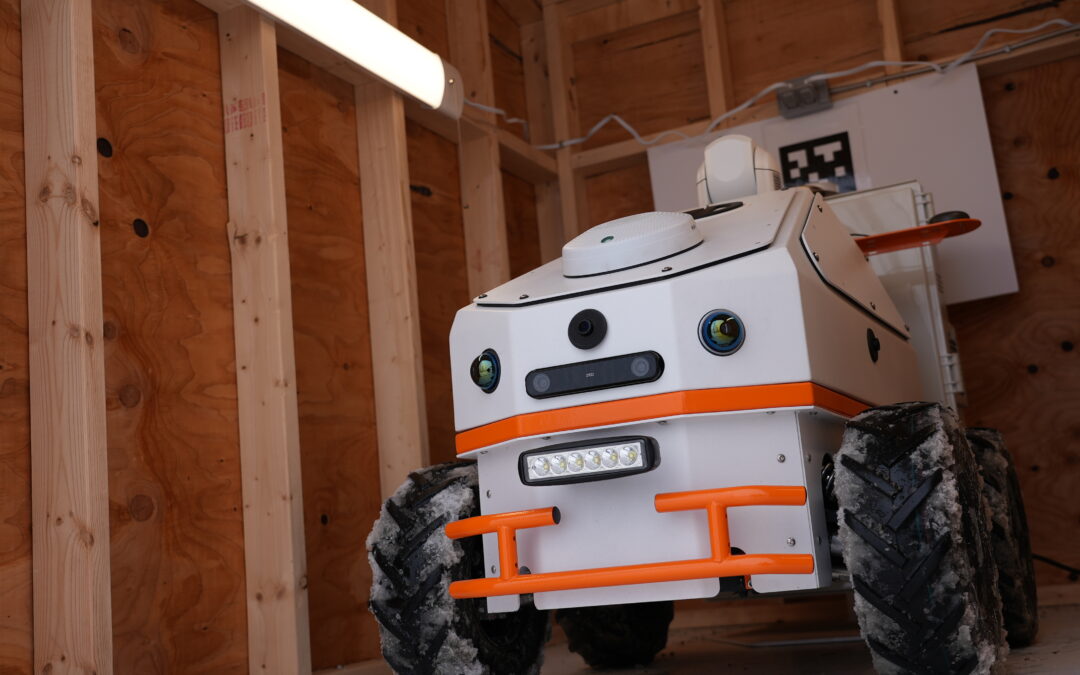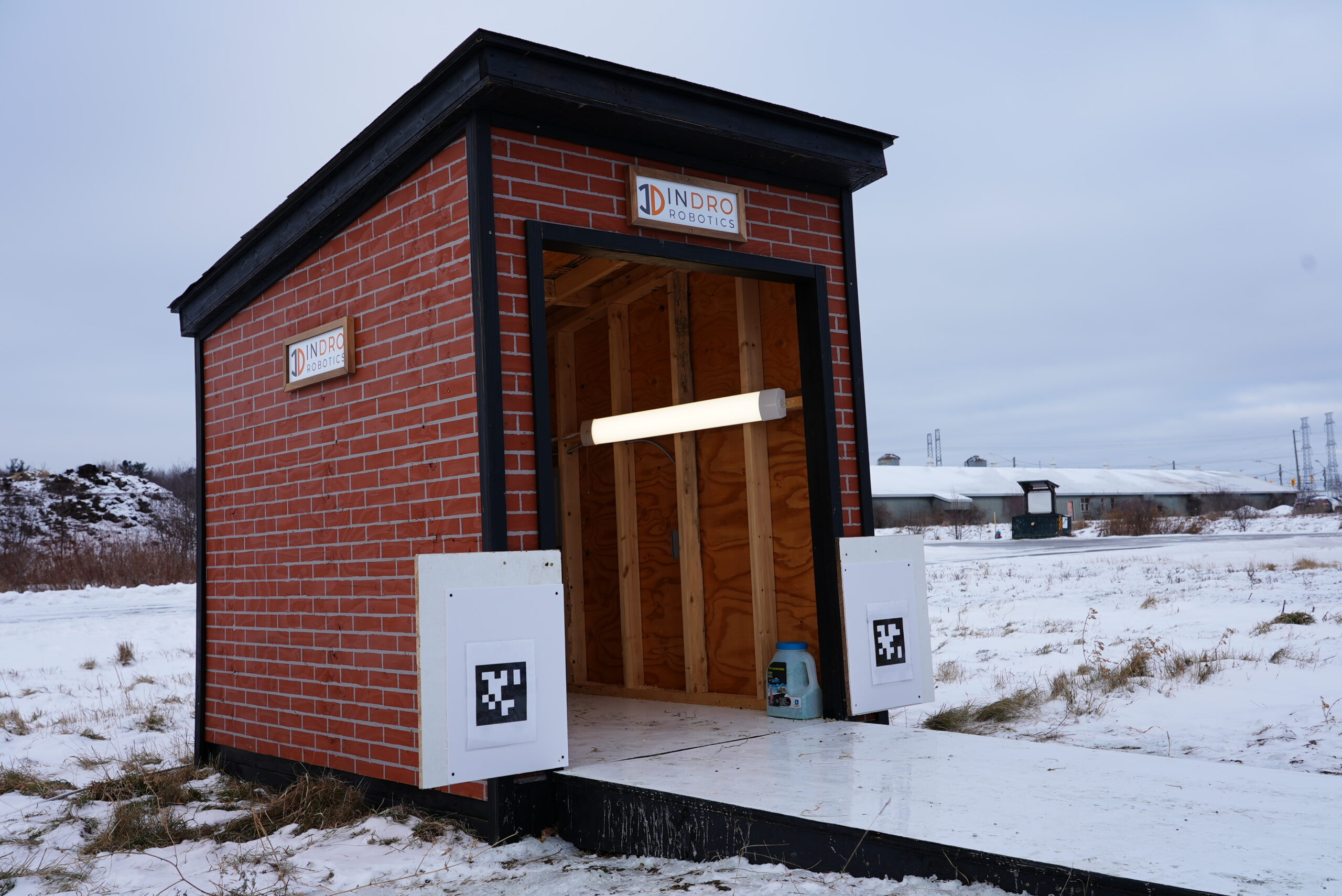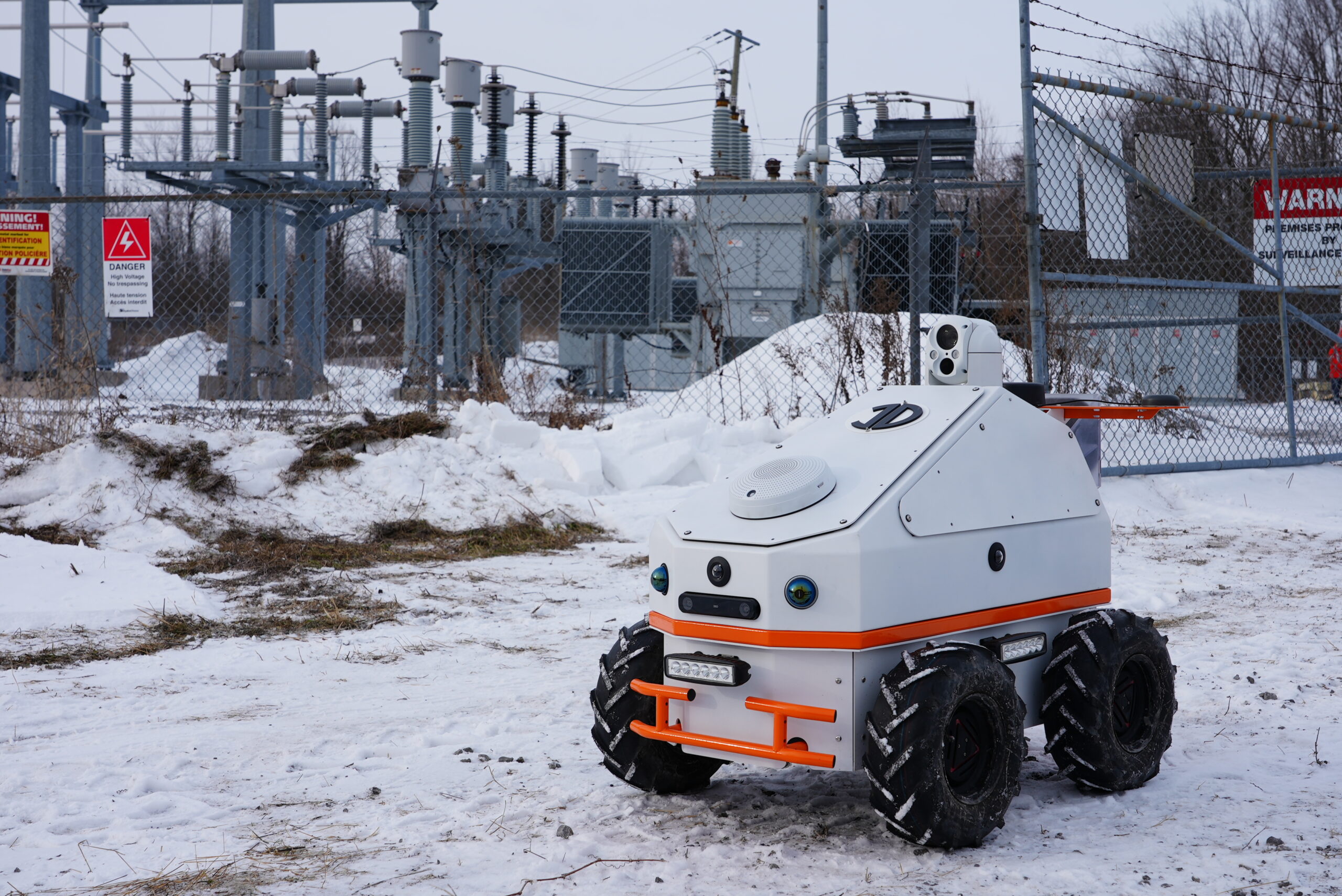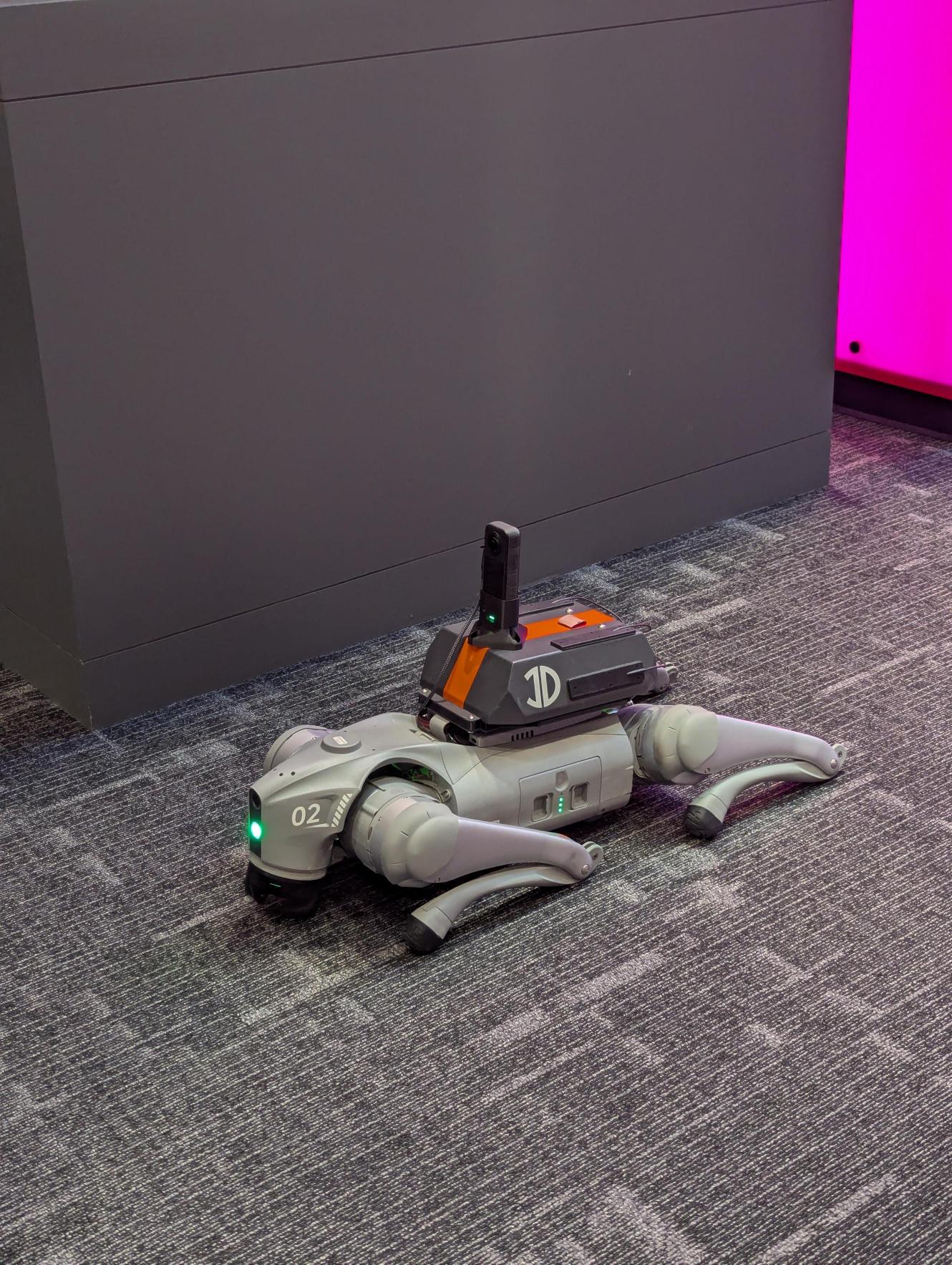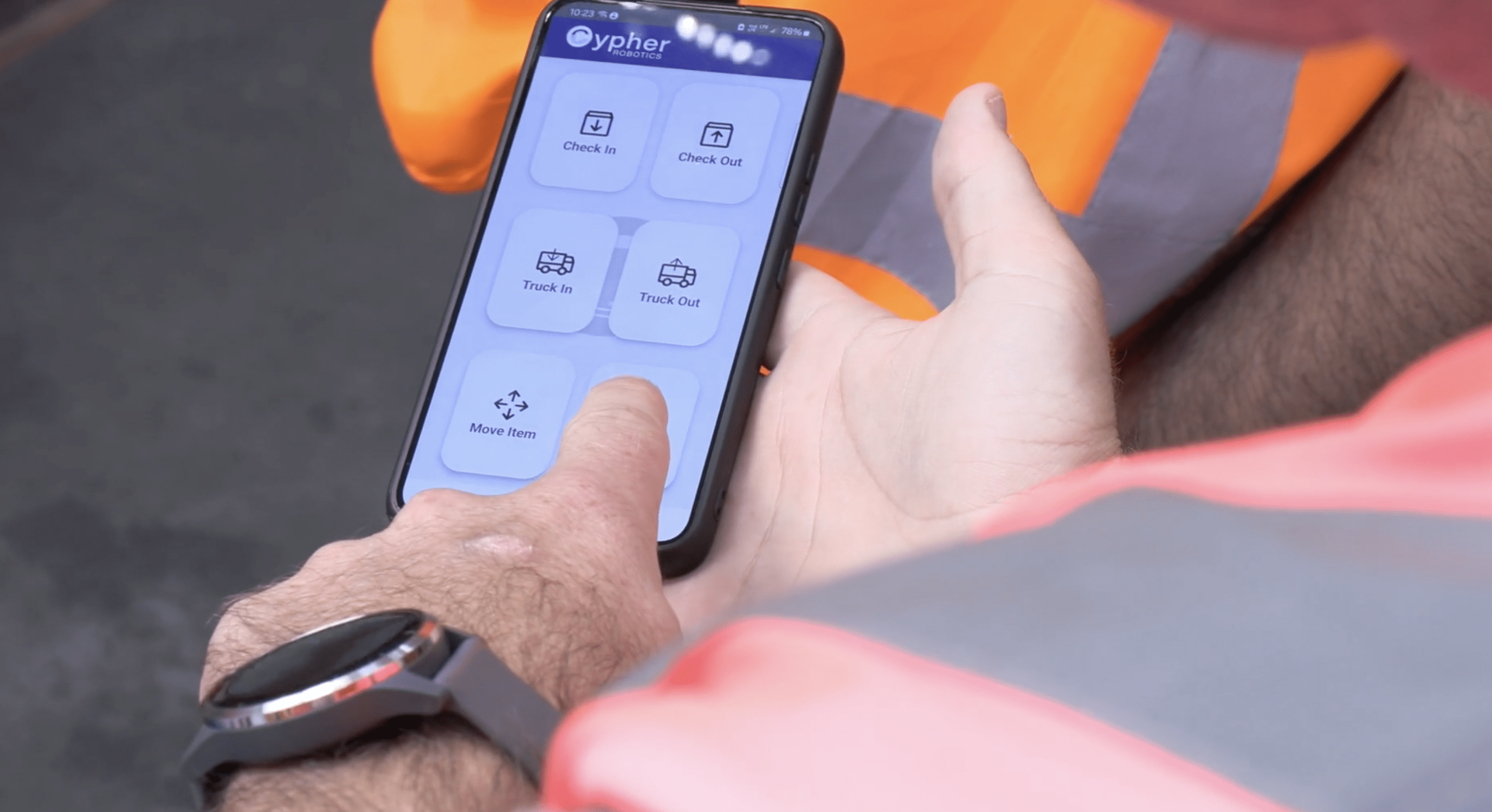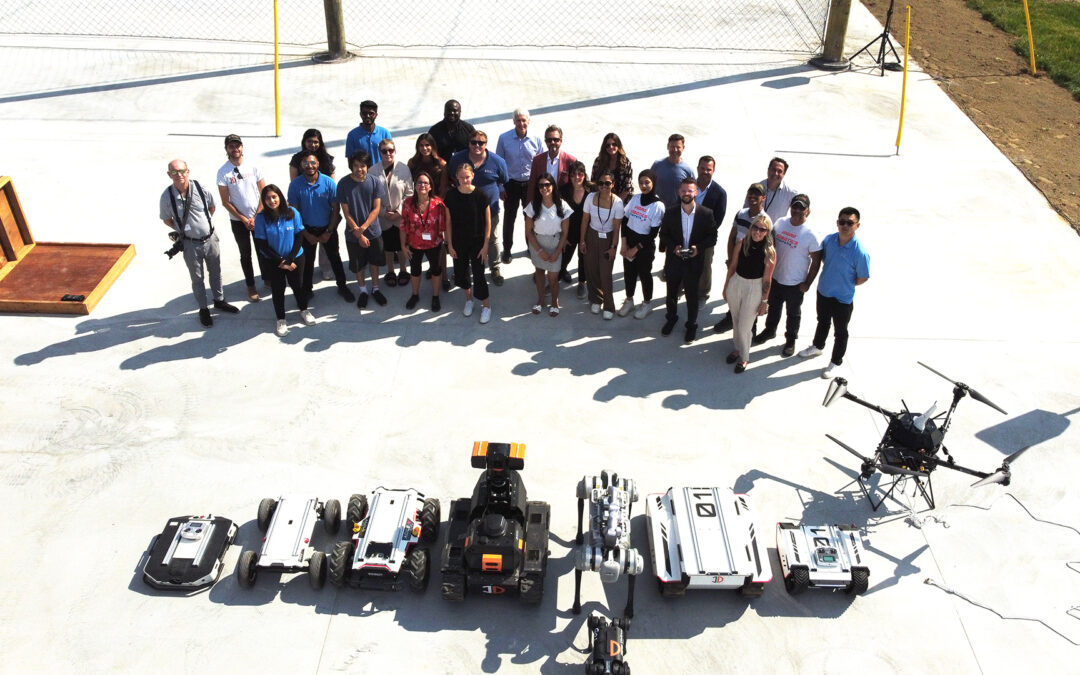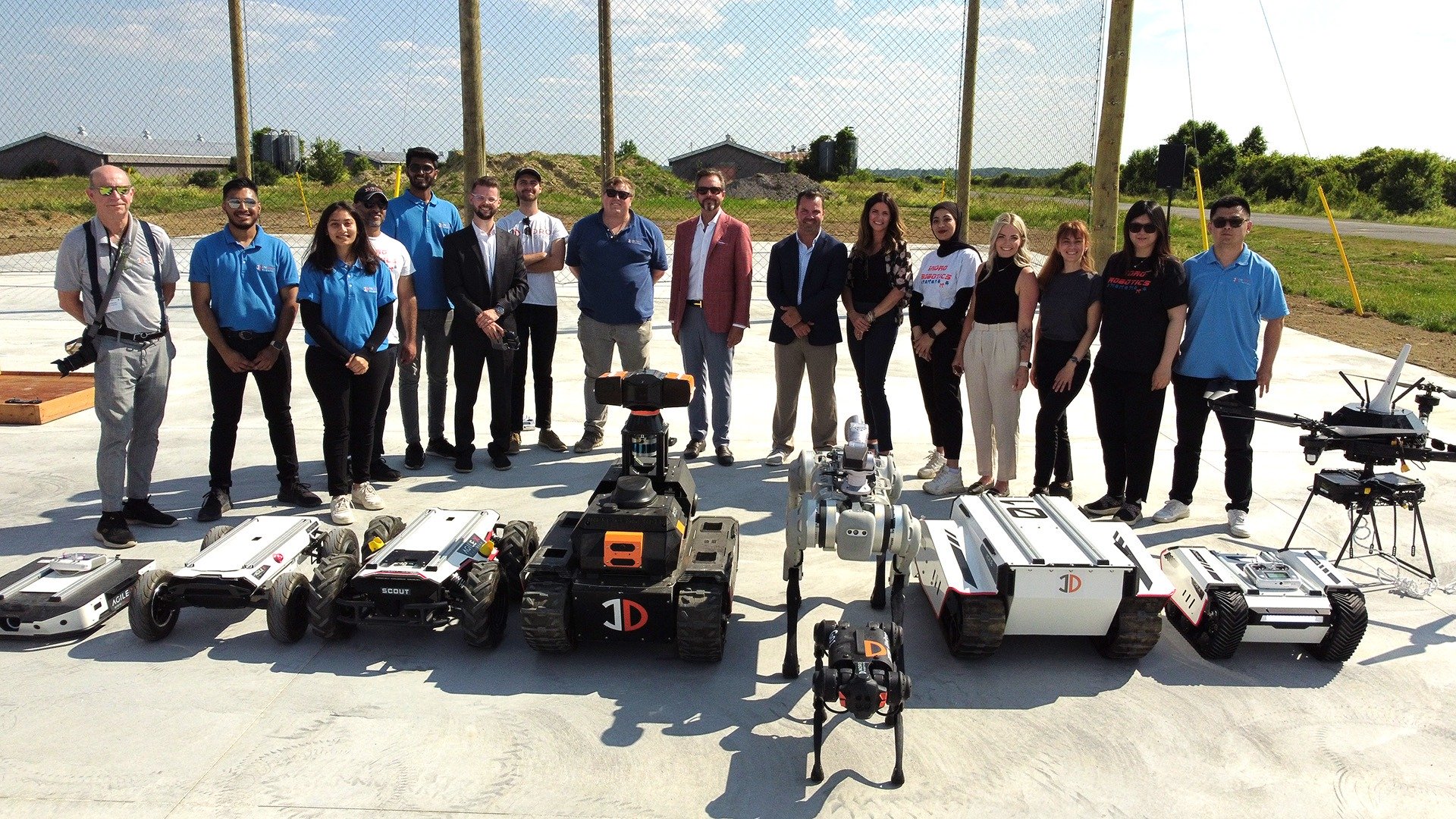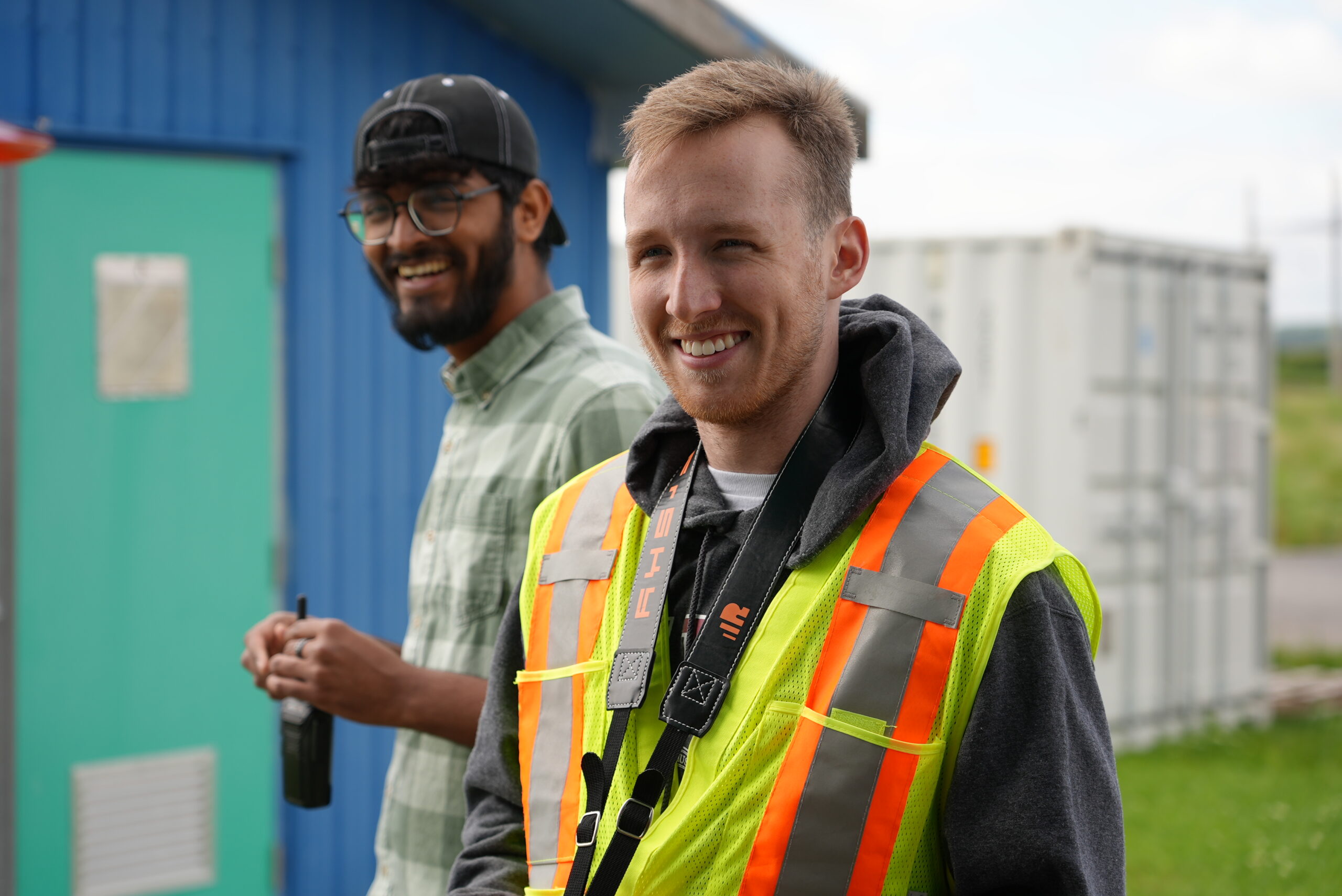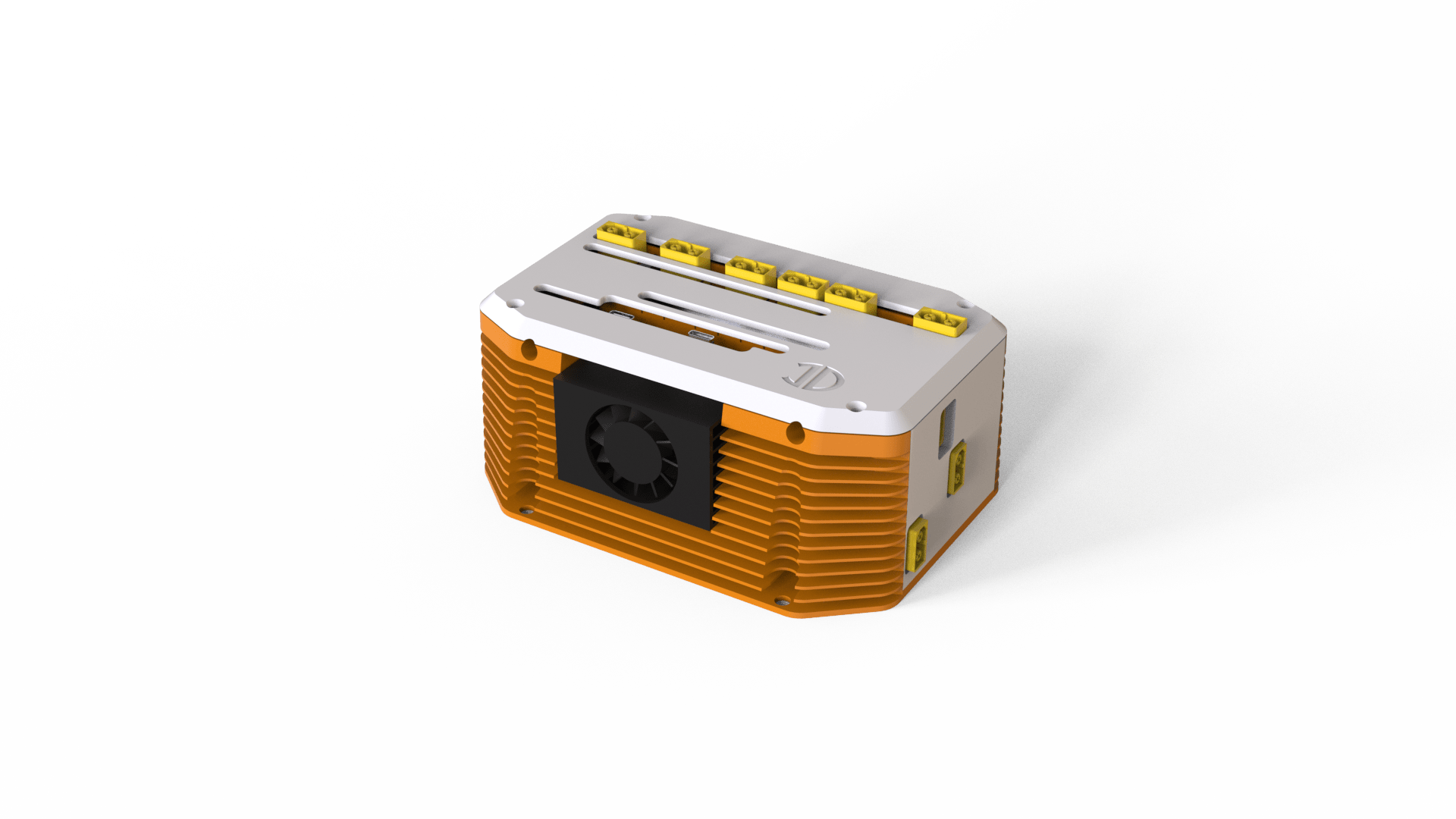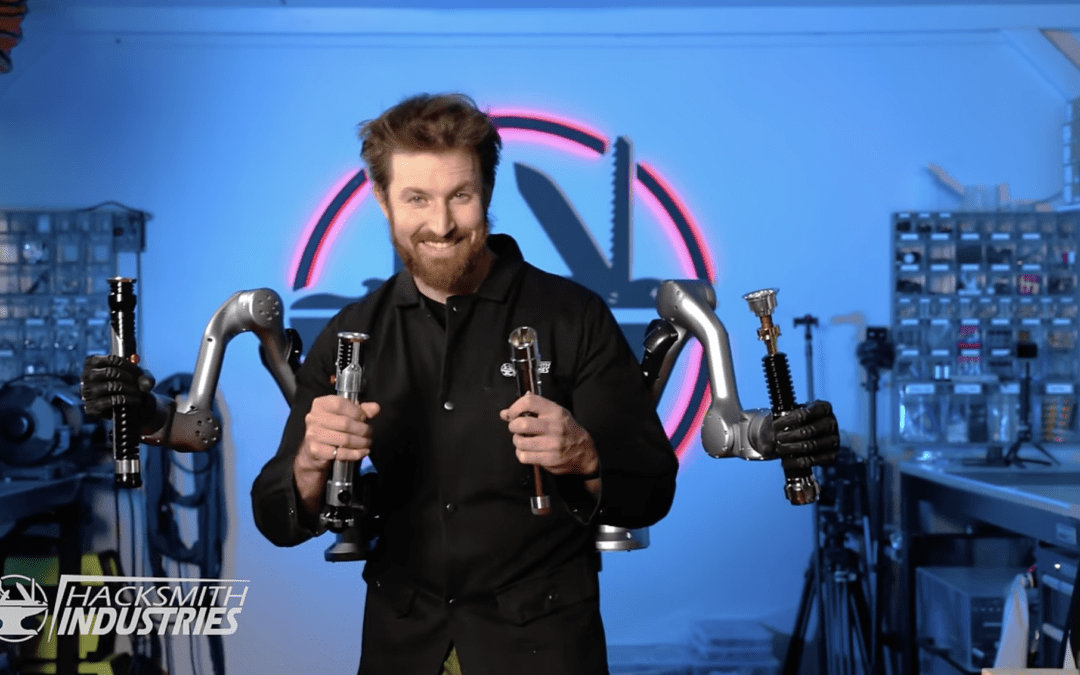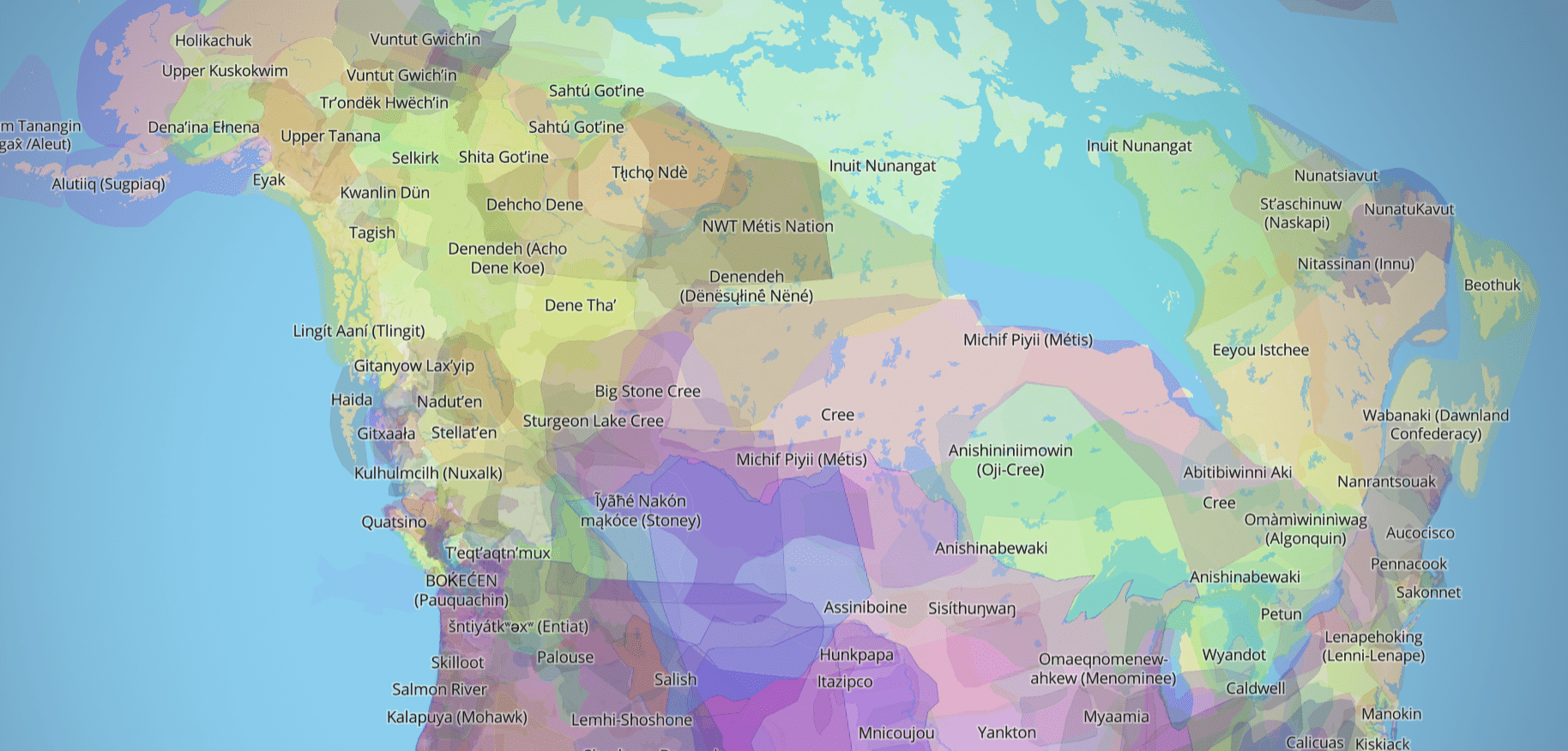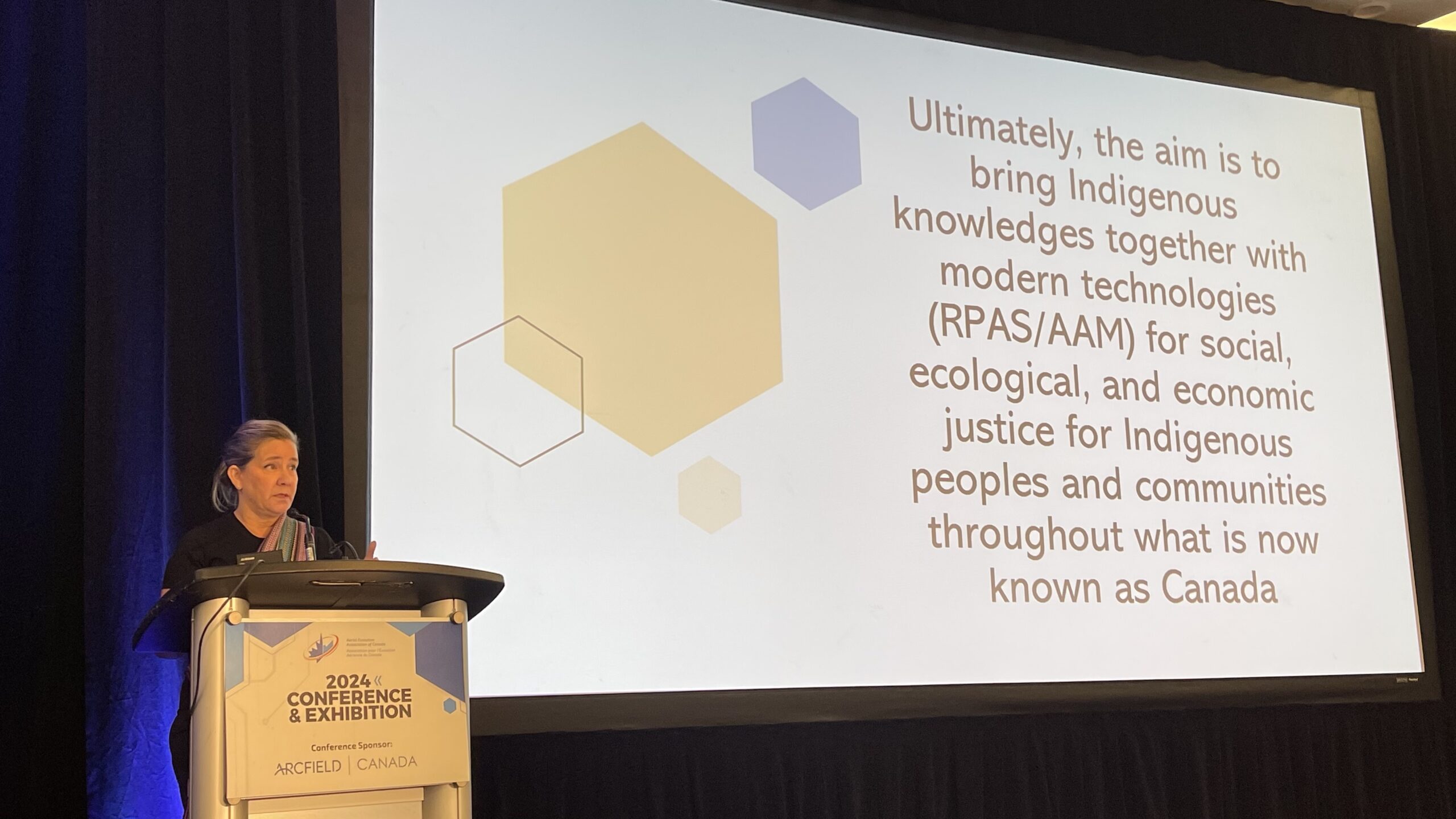
InDro launches online robotics store
By Scott Simmie
In the market for a robot? A LiDAR sensor? Perhaps a Six Degree of Freedom manipulator?
You’ve come to the right place. InDro Robotics is pleased to announce its new online store – your one-stop portal for high quality robotic components. Whether it’s a $2500 US LIMO (an amazing tiny R&D powerhouse) or a $80,000 Robosense LiDAR, we’ve got you covered.
“We’re incredibly excited about this addition to our offerings,” says Head of R&D Sales Luke Corbeth. “For clients who need a specific component and know what they want, this will streamline the process and get products into their hands more quickly.”
We’re not talking here about custom builds – something InDro has built a stellar reputation on. But precisely because we’ve done so many custom builds, we’ve been able to identify best-in-class components. And while the majority of our clients come to InDro so that we can do the integration for them, there are some who want to either perform that integration themselves, or simply add a sensor or compute upgrade to an existing robot.
“Through building all of these robots, we’ve had a front row seat into what works, what doesn’t work, what’s best – and what is most cost-effective,” adds Corbeth. “Over time, we’ve settled on a select few components we use in the vast majority of our builds. So the purpose of the store is that if you want a component that goes into an InDro Robotics build – up to a fully functional quadruped – you can simply order it online from us.”
Below: Manipulator? LiDAR? InDro’s new online store offers a broad but highly curated selection of quality robotics components

SIMPLIFYING THE CLIENT JOURNEY
Through scores of custom builds, including robots for some of the largest tech companies in the world, we’ve identified the most robust and cost-effective components. We’ve also learned that some clients with existing robots want to simply add a sensor or upgrade their compute.
For those clients who know specifically what they’re after, the online store streamlines the purchasing process. And if you’re unsure precisely which component would be optimal for your application? There are plenty of choices with LiDAR and compute, for example. No worries. Corbeth is still happy to walk you through the options and help you decide on the best choice for your application.
“In a lot of cases, people will have done their research and know precisely what they want. But, absolutely, I’m always available to have a discussion and ensure they’re choosing exactly what they need,” he says.
THIS IS NOT TEMU
InDro has zero interest in selling clients something they don’t need, or a component that won’t get the job done. That’s why the offerings in our store have been carefully curated. These are the components our engineers work with every single day – and which go into the custom robots we integrate for clients. Each and every item available online is a product we have confidence in, and which has been proven in the field. Our online store includes multiple options in the following categories:
- Components: Cameras, compute, LiDAR, mobile manipulators, wireless charging
- Robots: GO2 quadruped, LIMO Pro, LIMO
- Drones: Multiple offerings and add-ons from DJI
But why not simply shop around and buy these somewhere else online? Sure, you could do that. However, you’d be missing out on the InDro after-sales support we are known for. If you have an issue with integrating a component purchased from InDro, Luke is just a phone call away. And, in the rare event he doesn’t have the answer, you have access to our brain trust of engineers at Area X.O to solve your problem. That’s not something you’ll get purchasing online from some faceless, distant distributor.
Plus, clients get access to InDro’s extensive documentation on these products and their integration.
“We’re going to share every resource that we use ourselves when building robots to help enable their development,” says Corbeth.
And, because InDro is an authorised distributor for every component we sell, you don’t run the very real risk of purchasing a grey market product – where manufacturers tend to not honour warranties.
Plus, there are some smaller items – like that tiny but powerful LIMO R&D robot – where the client knows that’s exactly what they want. (We have one client who has purchased dozens of these robots.) In scenarios like that, there’s no question the online store will speed the process.
“These smaller ticket items don’t need to go through the same administrative process as our larger custom robots. They can be purchased on a procurement credit card, which completely bypasses the traditional procurement process,” says Corbeth.
“So, absolutely, this will be an easier way for people to do rapid transactions and get the hardware quickly.”
Below: Can we give you (or sell you) a hand?

INDRO’S TAKE
We’re pretty excited about the new online store. The components we offer, whether it’s a Robosense LiDAR or a DJI drone, all come with the manufacturer’s warranty – along with InDro’s exhaustive documentation and legendary post-sales support.
“We’re confident the store will help clients get the quality components they need as quickly as possible,” says InDro Robotics Founder and CEO Philip Reece. “I wouldn’t call it the Amazon of robotics – at least not yet – but it will definitely simplify the purchasing process for those clients who know specifically what they want, and get those products in their hands more quickly.”
The look and feel of the store was conceived by Head of Marketing Carli Parkinson – who worked closely with Luke Corbeth and our engineering staff to select the absolute best range of robotic components (and even robots) for its inventory.
There’s already a robust selection online. But, of course, as newer specialised products become available and we integrate and test them in our own robots, they’ll be added to the lineup.
We encourage you to take a spin through the store now. And, if you’re ready to purchase but have any questions, contact us here. Happy shopping!

